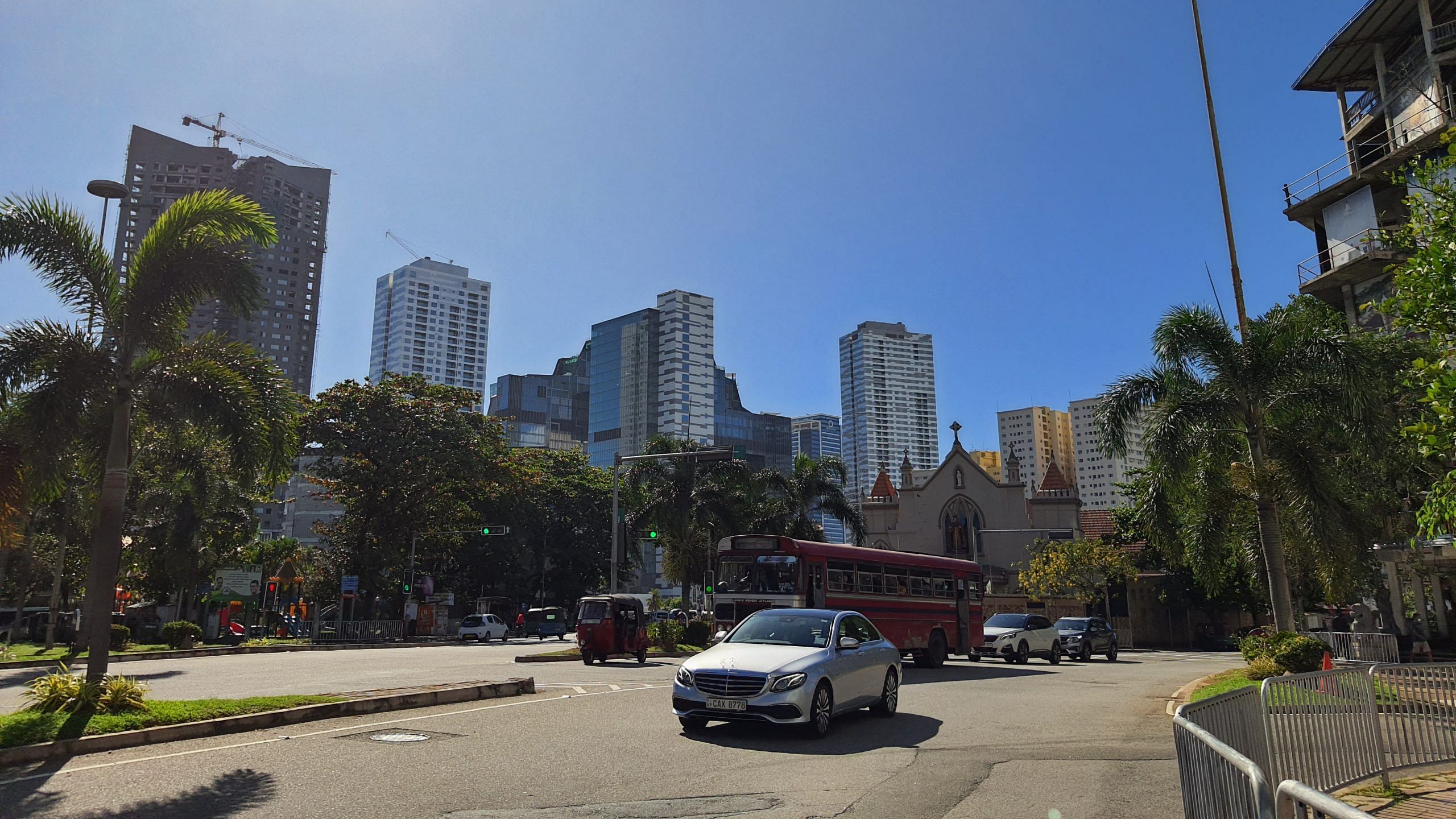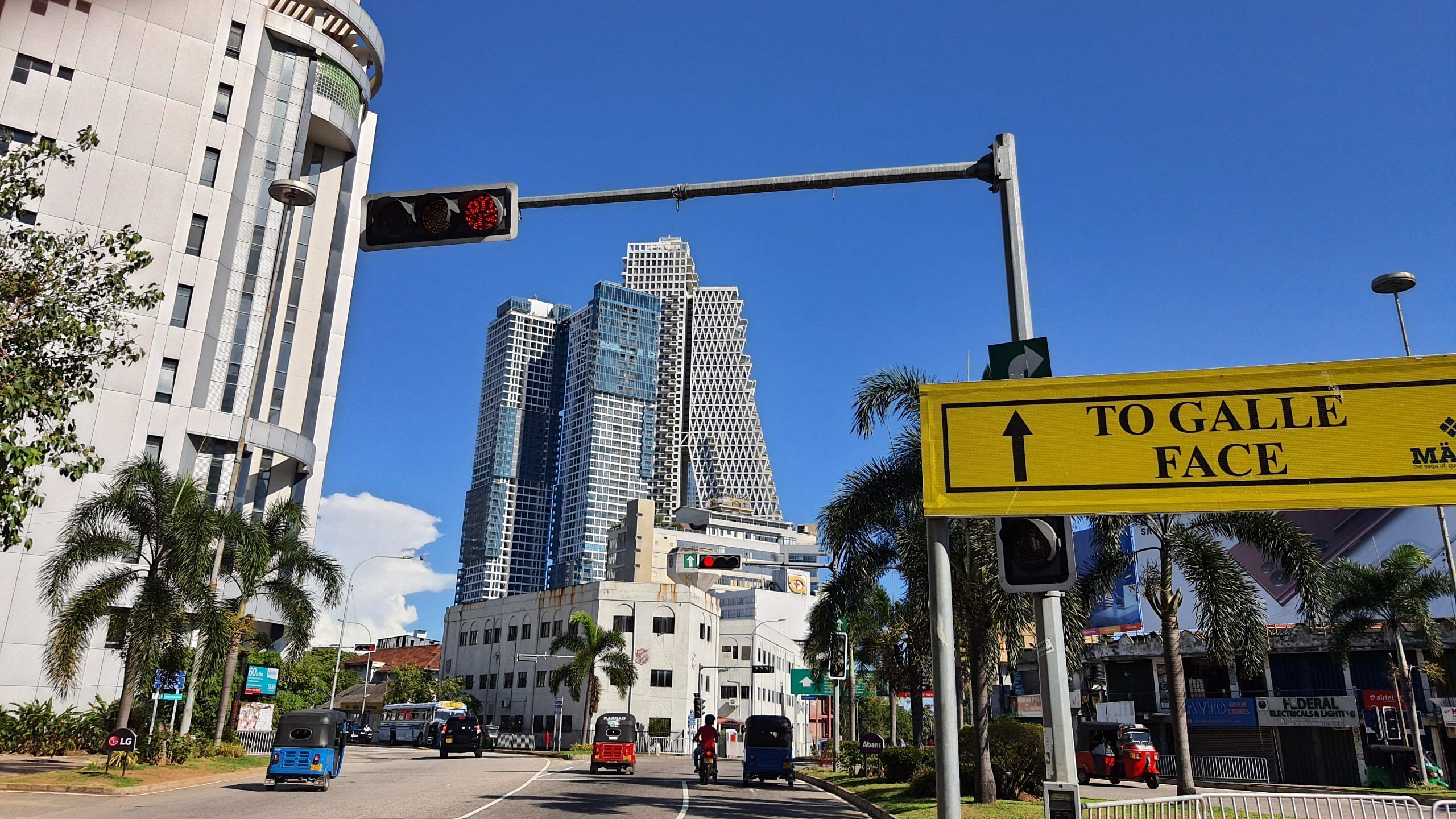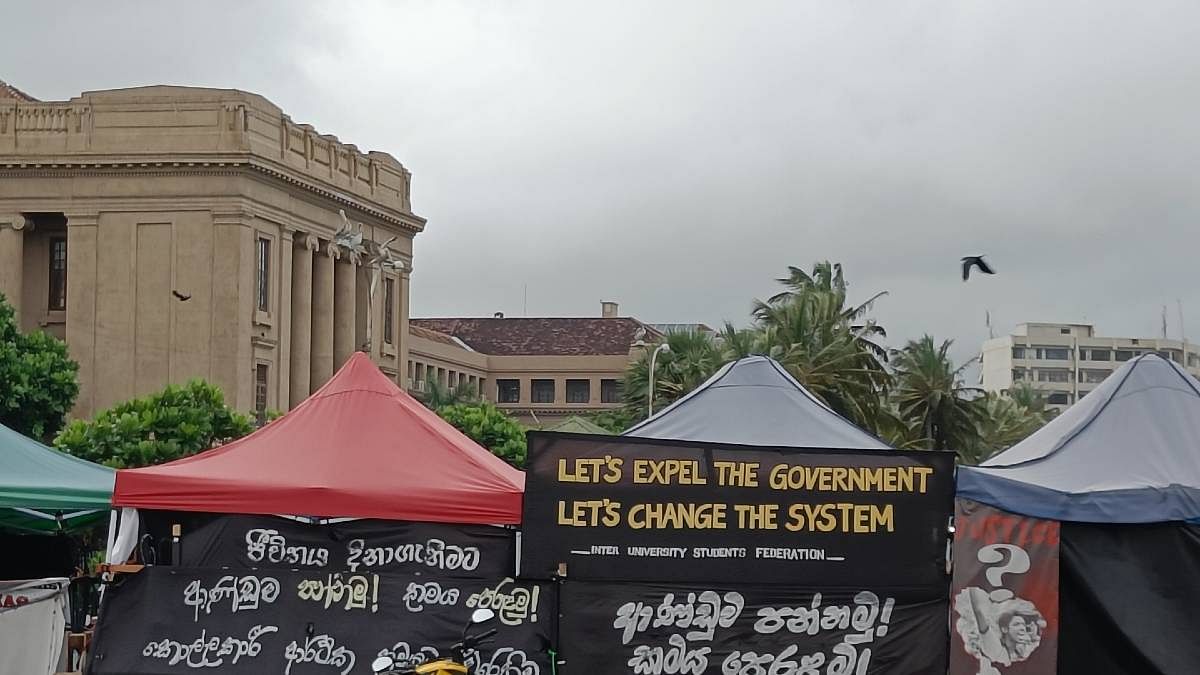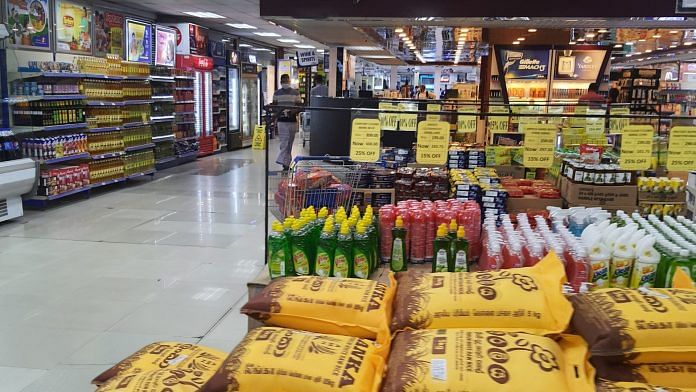The piercing green of the Mara trees against the pristine white buildings that line Colombo’s avenues belies the economic turmoil that assails Sri Lanka. After a two-and-a-half-year pandemic-induced exile from my country, I returned home for a fortnight earlier this month with trepidation.
In the backdrop of fuel shortage, power cuts, and escalating food prices, a foreign diplomat I met in Colombo declared: “There is no milk.”
“Can’t you get some?” I asked. After all, he represents a section of Sri Lanka’s elite with more resources at his disposal than the average middle-class citizen. “Where would I get it?” he replied in exasperation. Apart from milk, which is not a staple in Sri Lankan diet, most food items are available–if you can pay for them.
While the poor worry about the next meal, the majority of the middle class are more concerned about giving up their privileges and putting their dreams on hold. My mother told me that she pays 35 Sri Lankan rupees (LKR) for one egg, when just a few months ago it was 16-17 LKR. A retired family friend who lives in the heart of Colombo makes do without a gardener and domestic help as a cost-cutting measure.

Also read: ‘Govt did not see this coming’ — protestors at Colombo’s ‘Gota Go Gama’ talk of public support
Life amid power cuts
The already slow pace of life in Colombo has come to a crawl with frequent power cuts and long queues to purchase fuel. It took me an hour and a half to withdraw money at a bank counter, and then get a new debit card. It was two days before my SIM was restored. A far cry from the ‘service at your fingertips’ mantra that Indian cities such as Mumbai and New Delhi take pride in.
There are power cuts in Sri Lanka as well, though the frequent outages never follow the meticulous schedule that the authorities publish. Students attending virtual classrooms have come to realise that their education is directly dependent on power cuts and curfews.
“Students are already behind because of Covid-19. Due to frequent and unscheduled power cuts, a teacher or a student invariably drops out of a virtual classroom,” said Nayantara, who teaches differently abled students at an elite all-girls school in Colombo.
Some areas, though, continue to enjoy uninterrupted power supply. Rumour has it that these are neighbourhoods where influential people reside. A friend from Kotte claimed that she has been spared of power cuts because a relative of Member of Parliament Basil Rajapaksa lives in the same neighbourhood.
Dreams on hold
The downward spiral of the Sri Lankan rupee has shattered the dreams of citizens, especially the younger generation who see themselves as equal to citizens in developed economies. A friend wants to leave to the UK, another to Australia as the usual standard of living is no longer sustainable.
My friend Kanishka now needs 8 lakh LKR to relocate to Dubai as against about 4 lakh LKR. It’s a dream he has been forced to put on hold. For now, Kanishka has also stopped construction work on his half-complete house, which already has vines growing on it. In 2019, a bag of cement was priced at 1,000 LKR, now it is closer to 3,000 LKR.

Also read: Chennai to Colombo: Tamil men counting $100 notes, Sri Lankans in 1-km line to refill petrol
Galle Face: a beacon of hope
On my first day, I visited Galle Face in Colombo, the epicentre of the protest against President Gotabaya Rajapaksa’s government. I live in the suburbs about 15 km away and had only 2,000 LKR with me which I had to use carefully because autos (called tuks) and cabs have become prohibitively expensive.
Galle Face was brightly lit, its roads packed with protesters. The atmosphere was electric, the mood a far cry from the desperation and turmoil that make national and international headlines. It felt like Sri Lanka was winning a cricket match. There was a rave in one corner, boys atop cars waving the Sri Lankan flag while a band performed as part of the protest.
“I have never seen anything like this,” I told Kanishka. A lady overheard us and added, “I am 50 and have never seen anything like this.”
Under the setting sun and a gold-streaked sky, the protest looked glorious, resounding with hope for a brighter future.

Also read: ‘Precarious economy, 15-hr power cuts’: Wickremesinghe’s grim message in 1st address as Lanka PM
Escalating transport prices
Around 9 pm, I left the Galle Face protests. A tuk ride set me back by 1200 LKR. I still had to walk the final 650 metres to my house because I had run out of cash. In the fortnight that I spent with my family, I spent over 12,000 LKR just on Uber, and only to travel within Colombo.
While the middle class may have put their dreams on hold, daily life is a struggle for poorer sections of society. On my first day home, I was on the road trying to hail an auto, when a sunken-eyed woman with a little girl of about 7 asked if I had anything to eat.
Another day, while walking to the bus stand, a woman asked me for directions to an old-age home because she had nowhere else to go.
Two days before leaving Colombo, I saw a woman selling an incense box for 20 LKR. Even bus tickets cost more than that.
Amid this overwhelming desperation, it was surreal to see the middle class enjoying life. Inflation is at an all-time high, but they can afford to take the hit, dip into their savings and indulge in luxuries, occasionally. My friend’s foodie sister still makes spaghetti and meatballs, and buys lamb racks for 12,000 LKR. I went out for a lunch that cost over 10,000 LKR.
Supermarkets and department stores are better stocked compared to Kirana stores. However, everything is expensive. A bottle of Nivea body lotion, which retails for 450 Indian rupees, costs 2,290 LKR in Sri Lanka. You can rack up a bill of 5,000 LKR in a single visit to the grocery store. A person earning less than 1.5 lakh LKR a month will not have it easy, but for those who can afford it, almost everything is available — with the exception of milk, of course.
Since my return to India, the situation in Sri Lanka has worsened. In his first address to the nation since he took over as Prime Minister, Ranil Wickremesinghe warned that 15-hour power cuts were a possibility and that the country had petrol stocks to last one day.



